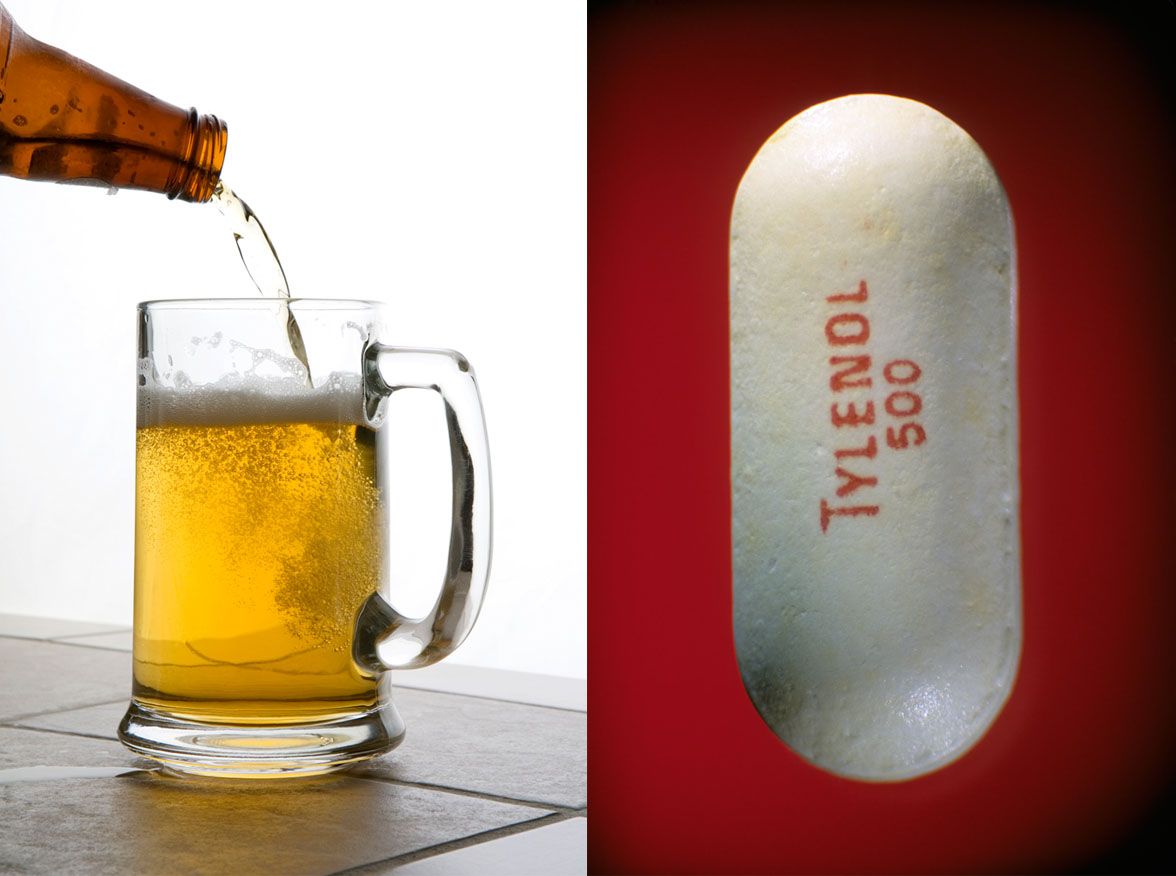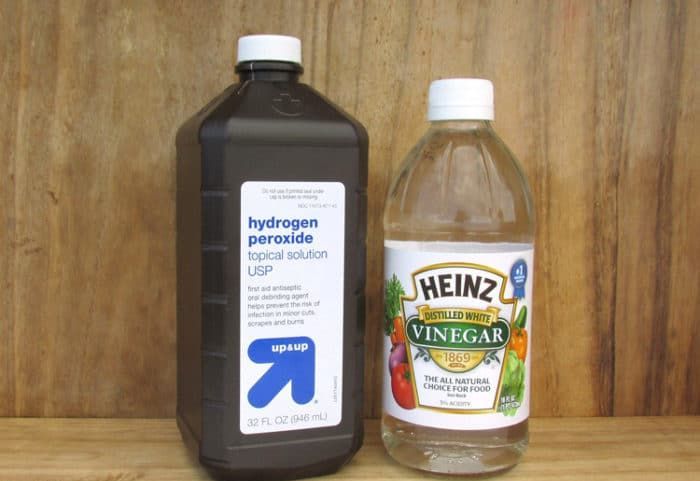I love to experiment with different household products to see how they can be used in new ways. If you're like me and like to experiment, you should make yourself familiar with the household products you should never mix together. A lot of these combinations are deadly, so taking the time to know this will keep you safe.
1. Two Different Battery Brands.
Although this one isn't fatal, you're going to want to avoid it. When two different battery brands are used together, they could leak. They leak because different battery brands usually contain different chemical compounds.
When one of the batteries dies, the other battery could continue discharging electricity, causing your batteries to leak. The leaking could damages the electronic device the batteries are being held in.
2. Acetaminophen and Alcohol.
You have probably heard that you shouldn't take acetaminophen while drinking but what you might not have known is that it potentially deadly to mix the two. This happens because alcohol activates enzymes that transform acetaminophen into chemicals.
The chemicals can cause serious liver damage, even when the medicine is used in moderate amounts. Even when you take it after a weekend of drinking, it can lead to liver failure.
3. Vinegar and Bleach.
These common products are often used as disinfectants. These should never be used at the same time, as the chemicals mixed together release a toxic chlorine gas. This happens because adding any weak acid to bleach will release toxic chlorine and chloramine vapors.
The outcome of using these products together could leave you with a bad chemical burn. This could even burn your lungs and eyes.
4. Prescription medication and Grapefruit Juice.
Grapefruit juice is known to make a normal dose of prescription drugs, into a deadly overdose. This doesn't happen with all medications but it is seen in a lot. Many of the drugs are common, such as some cholesterol-lowering drugs, antibiotics and calcium channel blockers used to treat high blood pressure.
Others include agents used to fight cancer or suppress the immune system in people who have received an organ transplant. If you are currently frequently drinking grapefruit juice while on prescription medication, stop immediately until you talk to your doctor to make sure you're in the clear. For now, here is a list of the most common medications that react with grapefruit juice.
The next ones are found in a lot of products make sure you checked the ingredients for them.
5. Ammonia and Bleach.
Ammonia and bleach are both found in many household products and cleaners so always check the ingredients before mixing, to ensure they don't contain either of these. When these two products are mixed together, they release toxic chloramine vapors.
These vapors can cause respiratory damage and burns in the throat. In the worst case scenario, explosive liquid hydrazine could form, and explode. This happens when there is a very high ammonia amount in the mixture.
6. Vinegar and Hydrogen Peroxide.
These products are usually used as all natural cleaning products, but you should never store them together, as it could result in the creation of a corrosive acid.
Unlike vinegar and bleach, you can actually use vinegar and hydrogen peroxide on the same surface while cleaning, but you should never store them together in the same container, or mix them for any reason.
Mixing them together will create a paracetic acid which is very irritating to the skin, eyes, nose, throat, and lungs, with the potential for causing permanent scarring of the skin, cornea, and throat.
7. Bleach and Rubbing Alcohol.
Mixing these two products together could result in the creation of chloroform. Being exposed to chloroform could damage your nervous system, eyes, lungs, skin, liver, and kidneys. Extremely high levels of chloroform exposure may result in death, while lower levels could result in dizziness and nausea.



